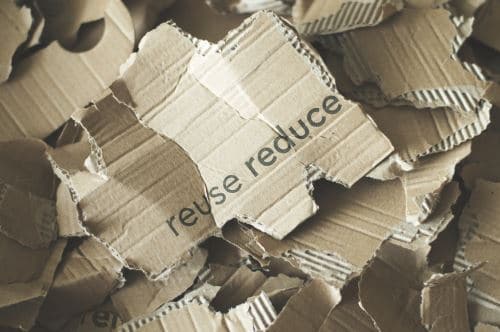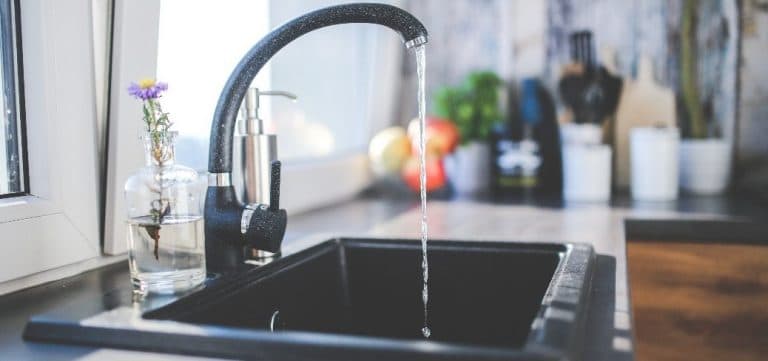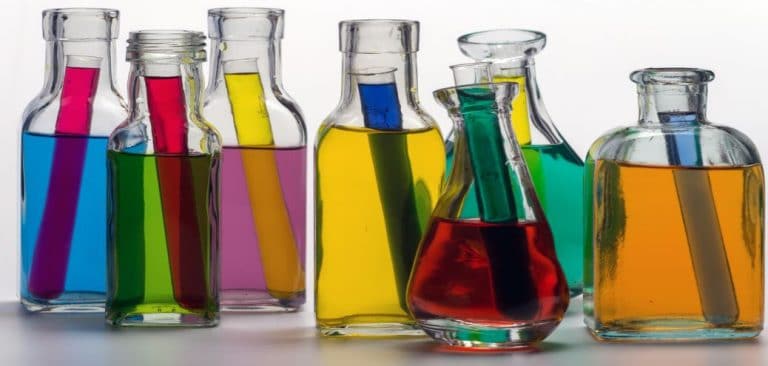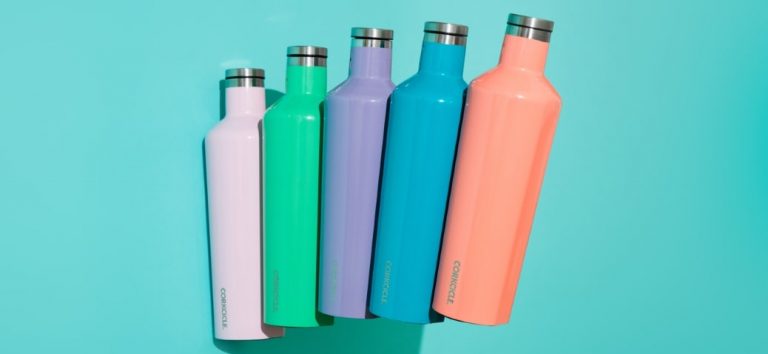How to Recycle Water Filters
What would happen if no one ever thought about recycling an old water filter? It does not take much time or energy to recycle a water filter. Still, so many people throw them away that it’s creating a massive problem in America’s landfills. The buried plastics can eventually contaminate your groundwater, and it already pollutes our oceans. In short, it will come back to affect your health! The good news is that this guide will tell you everything you need to know about how to recycle water filters with the latest information.
Why Is it Important to Recycle Water Filters?
According to National Geographic, more than 90 percent of all plastics never reach a recycling center. It takes more than 400 years for plastics to decompose, and we have billions of tons of it sitting in landfills and polluting the oceans. Despite all this waste, companies produce more plastic faster than they ever have before. In fact, it only took 13 years to make half of all the plastic that exists on earth today.
From an individual standpoint, recycling helps reduce the number of containments you consume through food and water. So while you may have invested in a reverse osmosis or whole house water filter system, you need to ensure proper disposal of old filters.
While water filters are a better alternative to buying so many plastic water bottles, you have to keep changing your filters. The main component of every filter is some form of plastic.
Thankfully, making new products from recycled plastic requires two-thirds of the energy it would take to make new plastics. Plus plastic recycling greatly reduces greenhouse gases to slow down climate change. Recycled plastics can become anything like decking materials, playground equipment, machine parts and various accessories. Even recycling one plastic bottle saves enough energy to power a 60 Watt bulb for six hours.
While it may seem that your contribution to recycling is small, every effort adds up. The more we help the environment, the better health we will have (who wants to run in a toxic world?). In fact, it is never too late or too early to start a recycling habit. Here is a great resource for kids called “NICO’S QUEST TO RECYCLE: A KID’S GUIDE TO RECYCLING” that walks through the power of recycling.
–
How to Recycle Water Filters
Water filter recycling isn’t so difficult once you find out what kind of plastics the company makes them with.
All water filters generally have now a thing in common: a plastic casing. Some also have additional plastic parts inside as well as plastic attachments. Most plastics are recyclable, but first, you need to know which kind of plastic your filter has. Call the manufacturer and ask them. Most water bottles and milk jugs have a number printed on the bottom that tells their plastic classification. When the company hasn’t printed a number on the plastic, then you need to call them to find out what kind it is.
Check the following complete list of all the types of plastics you can recycle to see what you can do with your filter parts.

These are the seven main types of recyclable plastics:
- Plastic type one is polyethylene terephthalate, also known as “PETE.”
- Plastic type two is high-density polyethylene, or “HDPE.” Companies often make milk jugs using this type of plastic. Both type one and type two plastics are the easiest to recycle.
- Plastic type three is vinyl or PVC. You will often find that some plastic lumber companies recycle it into paneling.
- Plastic type four is low density polyethylene, or “LDPE.” Most squeezable bottles or plastic bags contain this material.
- Plastic type five is polypropylene. It’s a harder plastic that companies like Preserve recycle into toothbrush holders, for example.
- Plastic type six is Styrofoam, also called polystyrene. If your local program doesn’t take this kind, and you can mail it to the EPS Industry Alliance.
- Plastic type seven is a mixture of different plastics. Occasionally you may find your curbside recycling program will accept them, but many do not at this time.
Check out the manual that came with your water filter to see what materials they used to make it. If you threw away your manual by accident, you can go to their website to look up their materials. They should also list ways for you to contact them. Then you can simply give your model number and filter type so that they can tell you what materials it contains and how to recycle or dispose of them.
What are the options for water filter recycling for heavy-duty residential filters?
Try to contact the manufacturer first to use whatever recycling program they offer. Otherwise, the best solution for most people is to mail their filters in to a TerraCycle facility. They recycle the popular Everpure residential filters and many others. Remember the best way to earn points through this program is by sending in a box that weighs more than 2 pounds. Therefore, try to send in more than one filter at a time.
What’s the latest news on recycling old water filters for your refrigerator?
Currently, neither the “g2 revolution” recycling program sponsored by Whirlpool nor General Electric’s recycling program for refrigerator water filters are available anymore. Unfortunately, they now claim that these programs were not as cost-effective as they hoped they would be. GE has focused their efforts on recycling about “14 million pounds of cardboard, wood, and plastic every year,” in other ways.
However, should you choose to get a whole new refrigerator, there are recycling programs to dispose of your old fridge. General Electric now works with The EPA’s Responsible Appliance Disposal Program to recycle appliances. Check the list below to see if you live in a state where this program is active. Then be sure to buy your new fridge from a dealer who is part of the GE Appliances Product Recycling Program. They will come to your home and collect your old fridge for you.
You can recycle your fridge this way in:
- Delaware
- District of Columbia
- Florida
- Georgia
- Maryland
- New Jersey
- New York
- North Carolina
- Pennsylvania
- South Carolina
- Virginia
Even if you don’t live in one of the states, you can still contact the EPA to learn how you should safely recycle an appliance. You can also call your local Home Depot and Spicher’s stores to try and participate in one of their recycling programs.
For old water filters from your pitchers, follow these tips:
Brita works with TerraCycle to recycle up to 97 percent of all the pitchers, bottles, and faucet filtering systems that they have ever made. No matter where you live, you can sign up to join TerraCycle. Print your free shipping label and mail off your filters to them. Every 2 pounds of Brita products that you ship in will earn you 50 points redeemable toward a charitable gift for a nonprofit organization.
–
What Should You Do if You Can’t Recycle Your Water Filter with Your Manufacturer?
Unfortunately, you can’t always count on the company that made your water filter to recycle your old water filters for you. However, alternative methods are available.
Talk to Your Local Recycling Center.
You can start by contacting your local recycling center for advice. They may be able to suggest how to take apart the filter if you don’t know how. Then you can sort and recycle the parts piece by piece.
Support the Preserve Gimme 5 Movement.
You could even bring the plastic parts of the filter to your nearest environmentally friendly shopping center and put them in the plastic recycling bin. For example, many Whole Foods Market stores have recycling bins to accept the plastics from Brita water filters. The type number five plastic from Brita filter cartridges is recyclable to make a variety of personal-care products. A special facility recycles the inside of the filter’s ingredients as well. Make sure you have set out your filter to dry for three days before you drop it off in the recycling bin. You can then wrap the old filter inside a plastic bag before you place it inside the bin. Look for the “Preserve Gimme 5” labels on the bins at the store. If your local Whole Foods Market store isn’t part of this program, then ask them to join.
Make Your Recycling Efforts Count with TerraCycle.
Another organization called TerraCycle has recycling programs backed by various sponsors that specifically help you recycle the waste that other programs won’t take. If you join their movement, then you could earn special rewards to help your local schools. You can even donate points to support your favorite non-profit group too. You can learn more about how TerraCycle works here.
Do Not Recycle a Water Filter Like This:
No matter what you might’ve read at other places online, don’t dump used charcoal from your old filters into your garden. Sediments from the inside of your filter, such as charcoal, contain lots of contaminants that you don’t want to go into your soil. Another problem is that Mavea filters, for example, contain silver inside. While silver is great for filtering your water, it’s not great for growing plants.
–
Be Proud of Yourself for Recycling.
Now you have all the resources you need to recycle your used water filters. Remember that everything is recyclable, even if your local recycling center doesn’t accept it. Look on websites like Pinterest to get ideas for do-it-yourself upcycling projects with your secondhand water filters and accessories. The only thing that limits you is your own imagination, so get creative while you help the environment.
[starbox]






